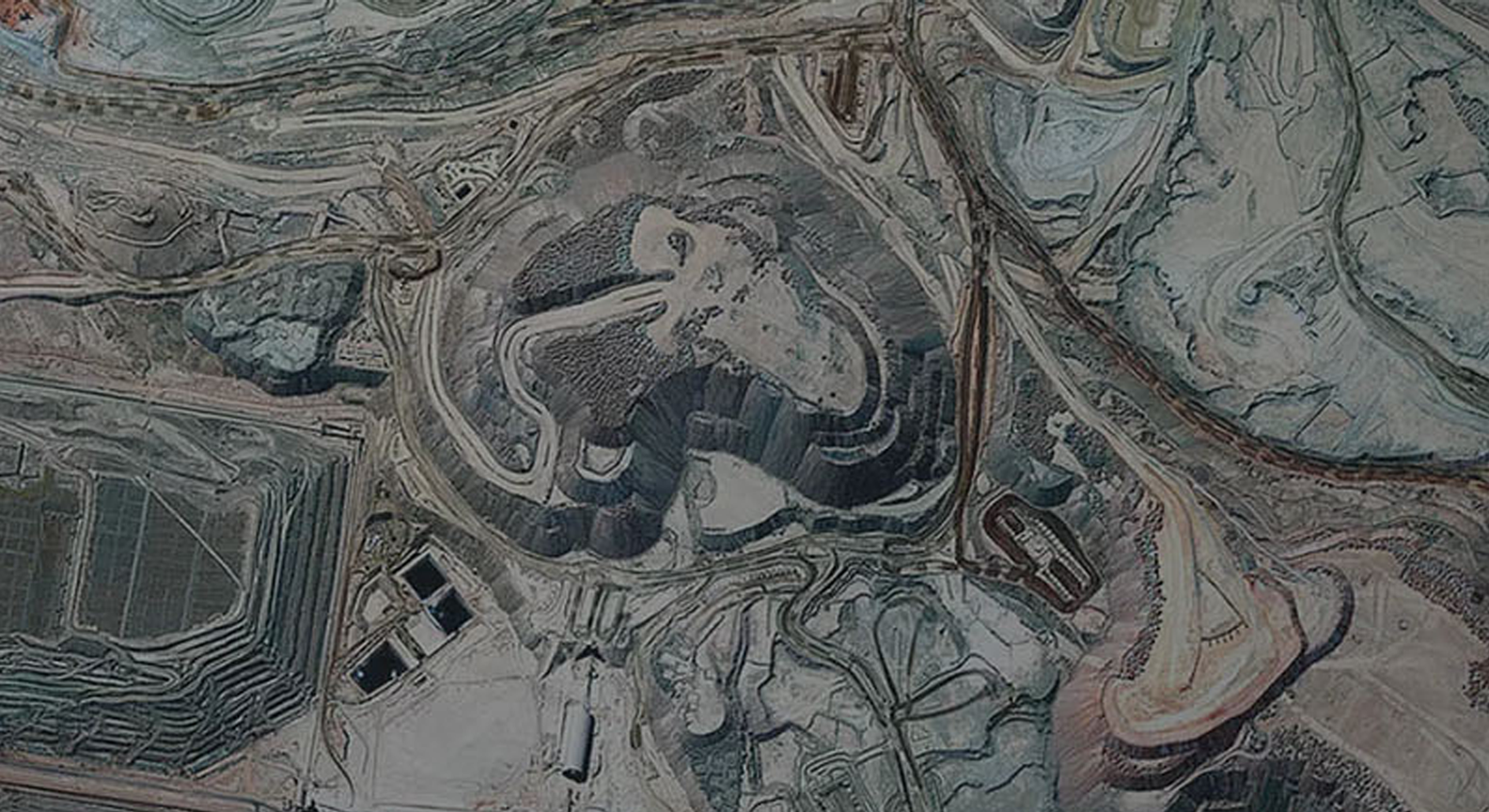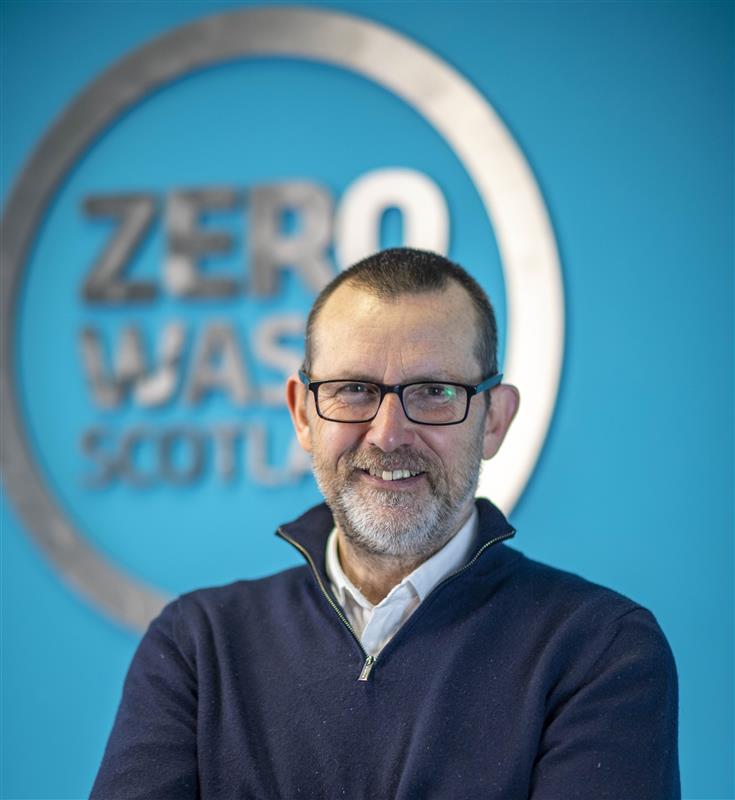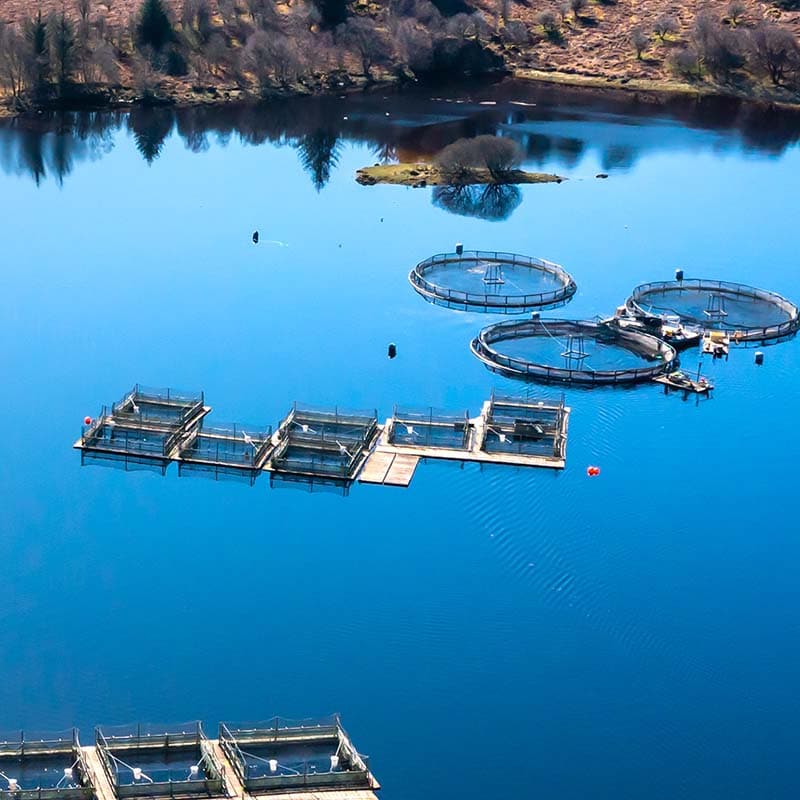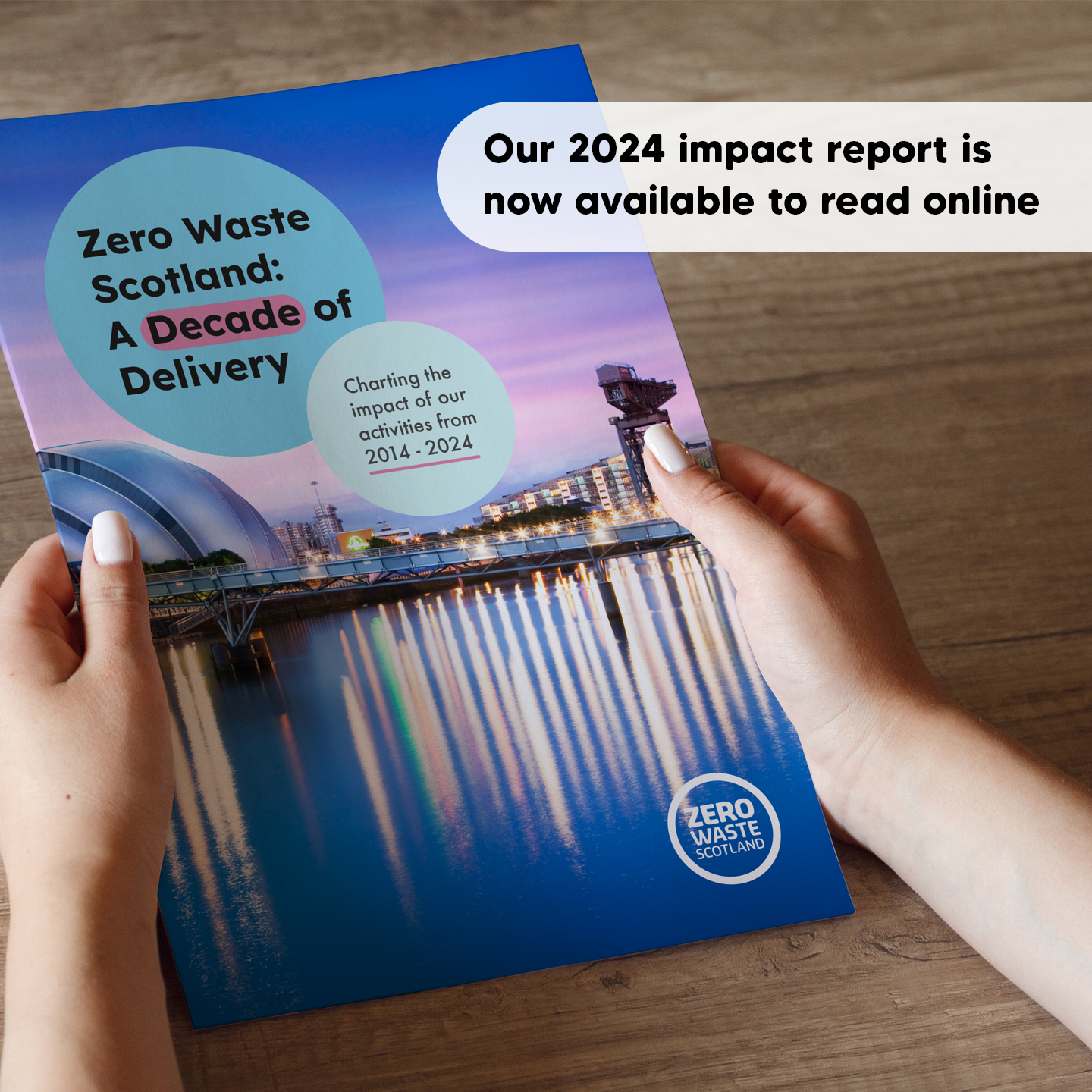
Global Circularity Report Reveals Our World is Only 9% Circular
A new 'Global Circularity Metric' announced in Davos this week shows how much our current linear economy is failing people and the planet.
With over 90% of the raw materials used globally not cycled back into the economy, our planet is left with a massive strain on its natural resources and climate that needs to be urgently relieved, according to a ground-breaking report launched by Circle Economy at Davos today.
This alarming statistic is the main output of the first Circularity Gap Report, in which Circle Economy explores a metric for the circular state of the planet, which allows us to start measuring yearly progress to bridge the gap between what we use and what we cycle.
Launching the report at the World Business Council for Sustainable Development (WBCSD) CEO Breakfast today, Circle Economy’s CEO and co-author Harald Friedl says:
“Being able to track and target performance via the Global Circularity Metric will help us engage in uniform goal-setting and guide future action in the most impactful way.”
The report presents a detailed metabolism visual showing how main resource groups satisfy key societal needs, such as housing, mobility and nutrition. It also presents the leaks in the system with an overview of what happens to resources after use in the economy.
Circle Economy has identified four steps to bridge the circularity gap through leadership and action.
- Build a global coalition for action
- Develop a global target and action agenda
- Translate global targets to local action roadmaps
- Improve our understanding of circular systems
Endorsed by leading representatives from governments, cities, think tanks and businesses, the report highlights UN Environment statistics showing that a fully circular economy would both reduce global natural resource use by 28% and cut greenhouse gas emissions by 72% - thus significantly supporting the UN Sustainable Development Goals (SDGs) and the Paris Climate Agreement.







